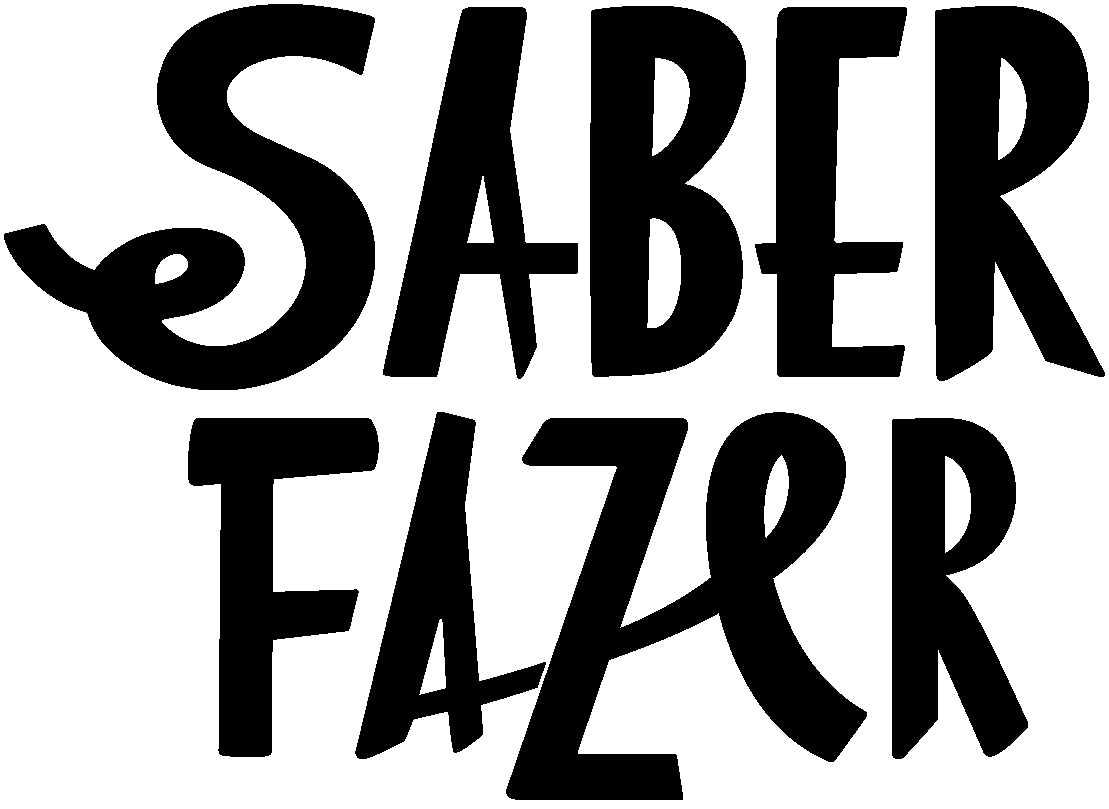Porquê tosquiar?
O único objectivo da tosquia não é obter a lã enquanto matéria-prima, e diria até que para a maior parte das raças que são mantidas pelo Homem, esse nem é o objectivo principal. Aqui em Portugal, em que a maior parte dos ovinos não têm como vocação principal a produção de lã, e em que a lã já não tem (ou ainda não tem?) grande valor económico, os animais são tosquiados na mesma.
Então porque é que se faz a tosquia mesmo quando a lã tem tão pouco valor comercial que se torna mais um encargo do que um benefício para os criadores?
A maior parte dos ovinos que existem à face da terra são animais domesticados. Isto quer dizer que foram desenvolvidos ao longo de séculos para corresponder a uma ou várias necessidades de produção - lã, carne ou leite. Nestas raças domesticadas, ao contrário do que acontece com as selvagens em que o pêlo cresce muito menos e tem tendência a cair naturalmente no tempo quente, a lã cresce continuamente ao longo de todo o ano. Simplesmente não pára de crescer.
Uma ovelha que não seja tosquiada, e que mantenha a sua lã para o verão, vai sobreaquecer e perder a capacidade de regular a temperatura corporal no tempo quente. A somar a isso, também há o aumento de peso que vai causar desconforto ao animal e atrapalhar a sua mobilidade.
Em termos de higiene, ao longo de um ano de crescimento, a sujidade natural e uma certa quantidade de matéria vegetal que depende muito das condições em que vive o animal vai acumulando no velo. Por causa disto, a lã fica com área feltradas e bastante sujas, que se traduzem em desconforto. Na zona traseira e genital acumulam-se também urina e fezes, que podem causar queimaduras, provocar doenças e atrair insectos e vermes que se alojam no velo e nas rugas de pele do animal.
Então, porque é que as ovelhas devem ser necessariamente tosquiadas? Porque é um passo indispensável para garantir o seu bem-estar.


